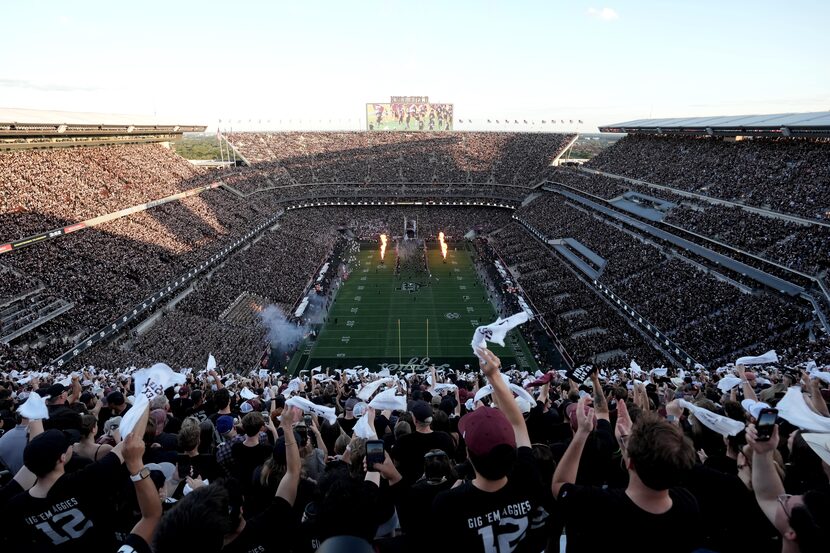Top Stories
Urgent: Private Equity Threatens Financial Stability of College Sports

URGENT UPDATE: College sports face a financial crisis as private equity firms circle amidst new rules allowing universities to directly pay athletes. This shift, confirmed by the NCAA, raises concerns over the sustainability of athletic programs, particularly in light of the $20 million annual cap per school for athlete compensation.
The House v. NCAA settlement, effective since June, has left some athletic departments scrambling for cash to meet escalating payroll demands. According to CBS Sports, while total revenue from college athletics reached $13.6 billion in 2022, not all schools are benefiting equally. Some now struggle with revenue shortfalls, raising alarms over potential program cuts.
As reported by Sports Illustrated, lavish spending on facilities and salaries has put many departments at risk. Private equity firms are moving in with offers of immediate funding, but NCAA President Charlie Baker warned colleges on October 20, 2023, at a Big East roundtable:
“Be really careful.”
The Big Ten Conference is reportedly considering a $2 billion cash infusion deal, which could set a precedent for other conferences. However, smaller schools may find themselves unable to compete, risking their future as athletes and fans look elsewhere.
Texas universities, including the University of Texas and Texas A&M, have thus far resisted private equity involvement. Earlier this year, Texas A&M secured a $515 million multimedia rights partnership, highlighting their financial stability compared to other schools. Yet, the pressure to adapt is mounting as competition intensifies across the SEC and beyond.
The implications of private equity involvement are significant. While the allure of quick cash is tempting, it often comes with hidden costs, including potential increases in ticket prices and cuts to non-revenue sports. Schools could find themselves under pressure to prioritize profitability over student-athlete welfare, leading to a detrimental impact on less popular programs.
Experts suggest alternative funding models, such as fractional ownership similar to the Green Bay Packers, which could empower alumni and fans to invest directly in their universities. This could enhance loyalty and engagement while providing necessary capital without the burdensome demands of private equity.
Moving forward, college athletic programs must weigh their options carefully. The choices made today will define not just the financial health of these institutions, but the landscape of college sports for generations to come. As the situation develops, all eyes will be on how universities navigate this complex and rapidly changing environment.
Stay tuned for updates as this story unfolds, as the future of college sports hangs in the balance.
-

 Science2 weeks ago
Science2 weeks agoResearchers Challenge 200-Year-Old Physics Principle with Atomic Engines
-

 Politics2 weeks ago
Politics2 weeks agoNHP Foundation Secures Land for 158 Affordable Apartments in Denver
-

 World5 days ago
World5 days agoBoeing’s Aircraft Production: Assessing Numbers and Challenges
-

 Health2 weeks ago
Health2 weeks agoNeuroscientist Advocates for Flag Football Until Age 14
-

 Lifestyle2 weeks ago
Lifestyle2 weeks agoLongtime Friends Face Heartbreak After Loss and Isolation
-

 Lifestyle3 days ago
Lifestyle3 days agoTrump’s Push to Censor National Parks Faces Growing Backlash
-

 Entertainment4 days ago
Entertainment4 days agoSyracuse Stage Delivers Lively Adaptation of ‘The 39 Steps’
-

 Science4 days ago
Science4 days agoAI Misidentifies Doritos Bag as Gun, Triggers Police Response
-

 Lifestyle5 days ago
Lifestyle5 days agoRed Bluff High School’s Elli Nolan Named Rotary Student of the Month
-

 Business2 weeks ago
Business2 weeks agoSpirit Airlines Cuts Workforce with Furloughs for 365 Pilots
-

 World2 weeks ago
World2 weeks agoGlobal Military Spending: Air Forces Ranked by Budget and Capability
-

 Top Stories5 days ago
Top Stories5 days agoUrgent Search for Suspect Who Exposed Himself to Teen Girl









